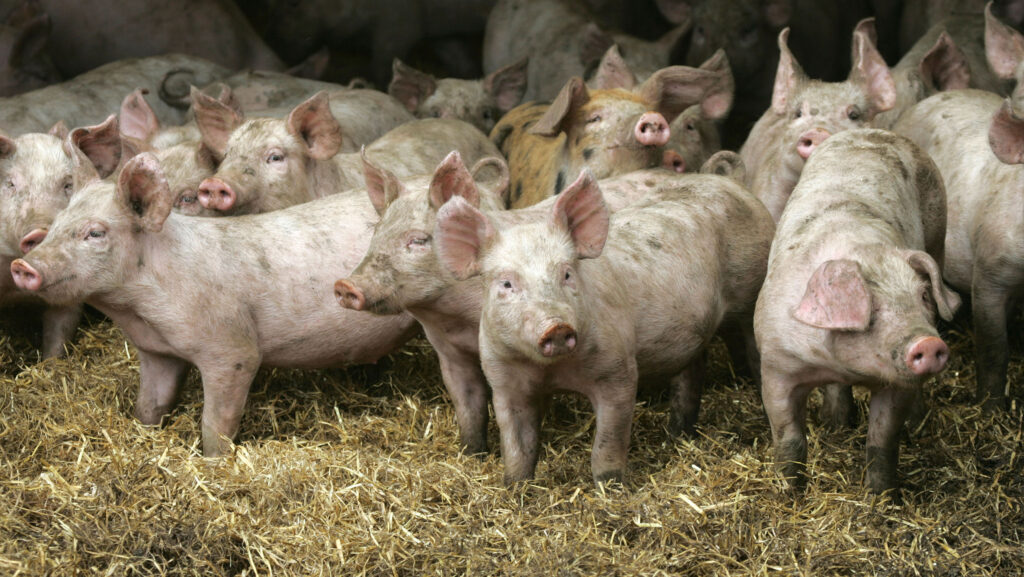Heavier pigs and falling prices raise alarms for pork sector
 © Tim Scrivener
© Tim Scrivener A surge in carcass weights and falling prices have raised fresh concerns for pig producers, as processors grapple with backlogs and tight margins.
Carcass weights have crept up for finished pigs in recent weeks to average more than 93kg a pig, up by almost 2kg on month earlier levels.
This is the highest average slaughter weights have been since the backlogs of 2022.
See also: Animal Welfare Committee seeks end to CO2 stunning of pigs
Industry reports suggest it has been caused by issues at processing sites throughout the autumn, with pigs having to be rolled over until the following week.
UK pigmeat production is expected to grow in the final quarter of 2025, partially due to these heavier carcass weights.
The AHDB’s latest forecast anticipates UK pigmeat production to lift by 1.5% year-on-year during 2025, to total 968,000t.
Meanwhile, five consecutive weekly cuts to the EU-spec standard pig price (SPP) has seen it fall from 208p/kg in mid-August to 203.66p/kg for the week ending 25 October.
The SPP recently had its biggest weekly fall for more than two years, dropping by 1.26p/kg last week followed by a further 0.32p/kg cut this week.
Falling pig prices across Europe have led to most of these reductions, with prices plummeting in Spain and Ireland.
Global outlook
The global sow herd is projected to decline in 2026, according to multinational banking group Rabobank.
It suggests this decline is being driven by a policy in China to reduce sow numbers by 1m head, which represents about 2.5% of China’s current breeding herd and 1% of global sow numbers.
Christine McCracken, senior analyst at Rabobank, said: “The industry is increasingly prioritising productivity enhancements, herd health, and optimising carcass weights to counterbalance limited herd growth.”
However, major pork producer Brazil is expected to increase its domestic sow herd, which should offset some of the losses.
Ms McCracken says Brazil has been able to increase its herd due to favourable margins for producers and strategic efforts to broaden market access and diversify export relationships.
This has resulted in Brazil expanding its market share from 12% to 15% of total global pork volumes.
“Pork prices are strong as demand growth outpaces supply in most markets,” said Ms McCracken.
“Key production regions, including the EU and North America, have seen pork inventories drop, leading to price increases of 10% and 21% year-to-date, respectively.”
However, Rabobank projects pork consumption to remain steady, with inflationary pressures potentially dampening sales in late 2025 and early 2026.
